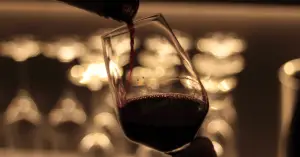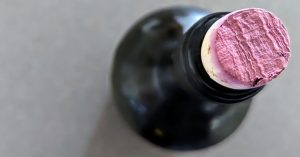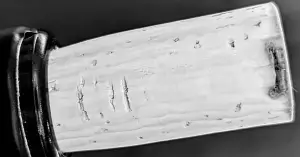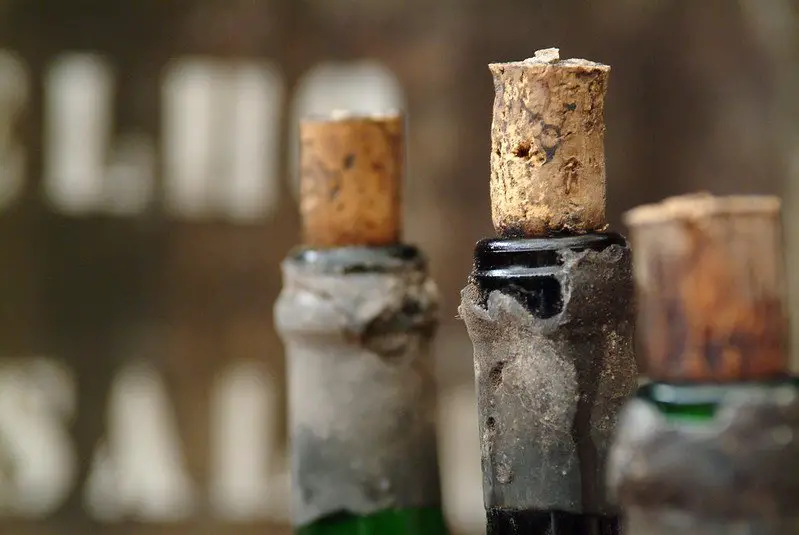
You’re right to think that alcohol has something to do with a wine’s aging potential.
Wines with higher alcohol levels (+14%) can usually age longer than lower-alcohol wines (under 14%). Alcohol acts as a natural preservative and antioxidant in wine. Examples include Amarone, Port, Madeira, and Shiraz. Some lower-alcohol wines can also age, though, like Riesling and Chardonnay.
Here’s what you need to know about: Does high alcohol hinder or enhance wine aging?
- Alcohol’s Role in Wine Aging
- Which Wines with Higher Alcohol Content Age the Best? Examples of Wines with Aging Potential
- Zinfandel, California, USA
- Shiraz/Syrah, Barossa Valley, Australia
- Amarone della Valpolicella, Veneto, Italy
- Barolo, Piedmont, Italy
- Vintage Port, Douro Valley, Portugal
- Napa Valley Cabernet Sauvignon, California, USA
- Brunello di Montalcino, Tuscany, Italy
- Châteauneuf-du-Pape, Rhône Valley, France
- Vintage Port, Douro Valley, Portugal
- Madeira, Portugal
- Rutherglen Muscat, Australia
- Wines with Long Aging Potential Despite Lower Alcohol
- The Art of Cellaring: How Wines Can Age Longer
- Final Thoughts – How Alcohol Helps Preserve Wine
Alcohol’s Role in Wine Aging
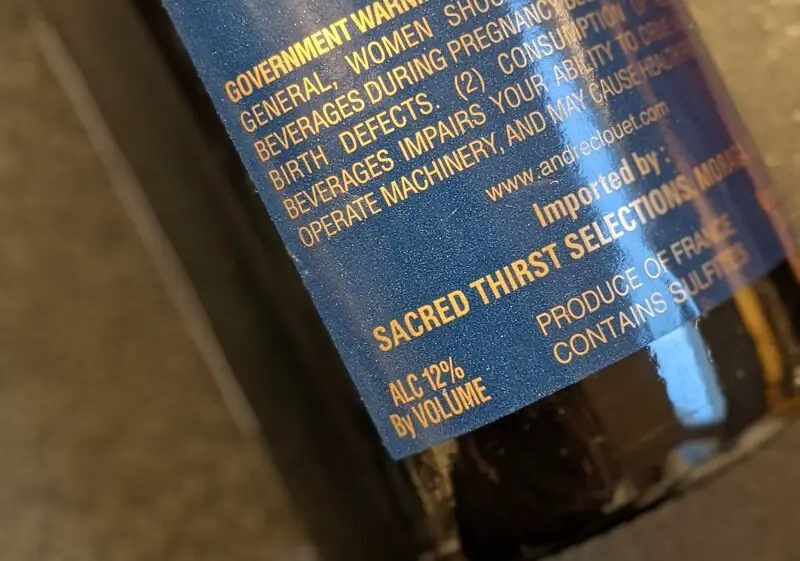
When it comes to wine aging, alcohol plays a vital role in the development and evolution of flavors and textures. Wines with higher alcohol content generally possess greater aging potential, as alcohol acts as a preservative, helping to maintain the wine’s integrity over time.
However, the delicate balance between alcohol, tannins, acidity, and other elements is crucial for a wine to age harmoniously.
Fun Wine Fact: In certain cases, wines that have been carefully stored and aged for several decades can increase in value significantly. Some rare and highly sought-after bottles can appreciate in price, making wine not only a delightful beverage but also a potential investment. Here’s what you need to know about cellaring wines for investment.
Understanding How Alcohol Influences Wine
The alcohol content in wine affects its aging ability in multiple ways. Higher alcohol levels can contribute to a wine’s body, providing a richer and more viscous mouthfeel.
Wines with elevated alcohol often possess a greater capacity for extended aging.
The increased alcohol acts as a natural antioxidant, helping to preserve the wine’s freshness and protect it from oxidation during the aging process.
Fun Wine Fact: The oldest bottle of wine on record is believed to be over 1,600 years old, providing a testament to the remarkable longevity of well-preserved wines. Still drinkable? Maybe not so much…
Which Wines with Higher Alcohol Content Age the Best? Examples of Wines with Aging Potential
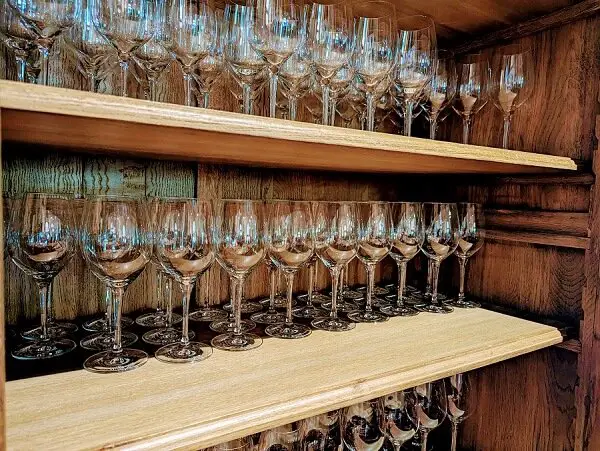
Check out these notable examples of wines known for their impressive aging potential influenced by alcohol:
Zinfandel, California, USA
Certain well-made examples of Zinfandel can age beautifully, gaining complexity and flavors of blackberry, black pepper, and spice. With an alcohol content ranging from 14-16%, Zinfandel typically has an age range of 5-10 years.
Shiraz/Syrah, Barossa Valley, Australia
Australian Shiraz/Syrah, known for its higher alcohol levels ranging from 14-15%, can age gracefully, revealing further complexities. With flavors of dark fruit, black pepper, and smoky nuances, the age range for Shiraz/Syrah is typically 8-15 years.
Amarone della Valpolicella, Veneto, Italy
This robust Italian red wine, typically with an alcohol content of around 14-16%, ages gracefully, evolving into complex and rich expressions over several decades. Age range: 20-30 years or more.
Barolo, Piedmont, Italy
This esteemed Italian red win made from the Nebbiolo grape often showcases alcohol levels around 14% ABV. Barolo has the potential to develop complex layers of flavors with its signature tar and roses over several decades. With its high acidity and prominent tannins, it can age gracefully, transforming from youthful, grippy wines to elegant and nuanced masterpieces. Ageing Range: 10-30 years.
Helpful Tip: Check out Nebbiolo wine here.
Vintage Port, Douro Valley, Portugal
Vintage Ports are fortified wines, boasting higher alcohol content (around 20% ABV) thanks to the addition of grape spirit. This fortified aspect, coupled with the wine’s exceptional structure and sweetness, allows it to age for several decades. With proper cellaring, Vintage Port develops complex flavors of dark fruit, spice, and chocolate, while maintaining its remarkable balance and longevity. Ageing Range: 20-50 years.
Helpful Tip: Here’s what you need to know about Vintage Port.
Napa Valley Cabernet Sauvignon, California, USA
Napa Valley, the King of Cabernet, has a reputation for producing fruit-forward, powerhouse Cabernet Sauvignons. These wines typically have alcohol levels around 14% to 15% ABV. These wines possess the structure and concentration to age gracefully over the course of 10-20 years, revealing layers of dark fruit, cassis, and integrated oak flavors.
Brunello di Montalcino, Tuscany, Italy

Brunello di Montalcino, crafted from Sangiovese, often has alcohol levels of 14% to 15% ABV. With its firm tannins, high acidity, and exceptional aging potential, this Tuscan red wine can develop complex flavors of red berries, dried herbs, and earthy nuances over 10-20 years.
Helpful Tip: Here’s how to break down the Italian wine classification system. Useful.
Châteauneuf-du-Pape, Rhône Valley, France

Châteauneuf-du-Pape wines, made primarily from Grenache, Syrah, and Mourvèdre, generally exhibit alcohol levels ranging from 14% to 15% ABV. These robust and full-bodied wines have the structure and depth to age gracefully for 10-20 years, showcasing flavors of dark fruit, spice, and garrigue.
Vintage Port, Douro Valley, Portugal
By regulation, Port wines have between 19%-22% ABV and balance that out with exceptional structure, sweetness, and aging potential. It develops flavors of dark fruit, spice, and chocolate over several decades. Age range: 20-50 years or more.
Madeira, Portugal
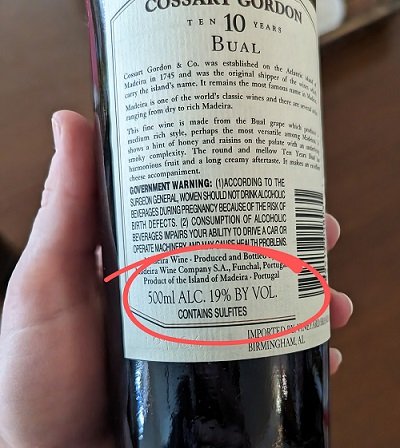
Madeira, a fortified wine from the Portuguese island of Madeira, boasts exceptional aging potential (it’s basically indestructible). With alcohol levels ranging from 18-20%, Madeira can age for extended periods, often surpassing a century. Some of the finest Madeira vintages can continue to improve and develop for 50 years or more.
Helpful Tip: Go explore Madeira in this post, the wine that journeyed through the age of exploration.
Rutherglen Muscat, Australia
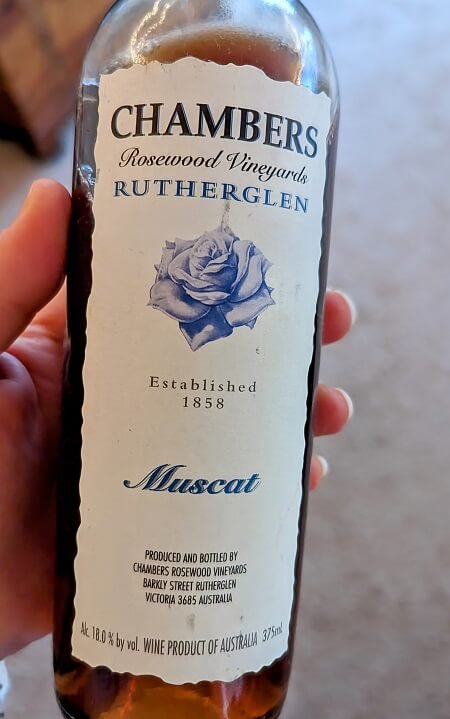
This luscious Australian dessert wine, with an alcohol content of around 17-18%, exhibits remarkable aging ability. Rutherglen Muscat can age for decades, with the best examples reaching their peak after 20-30 years, showcasing rich flavors of raisins, toffee, and caramel.
Helpful Tip: Remember, just because a wine can age, doesn’t mean it should. When the flavors start to diminish, and you begin to notice the alcohol more than the pleasant qualities in your wine, it’s a sign to drink up!
Wines with Long Aging Potential Despite Lower Alcohol
While high-alcohol wines often exhibit excellent aging potential, there are certain wines with extended aging capabilities that do not rely solely on elevated alcohol levels. For example…
Vintage Champagne, Champagne, France

Some vintage Champagnes exhibit higher alcohol levels, around 12% to 12.5% ABV. With their exquisite balance of acidity, effervescence, and aging potential, these bubblies can mature for many years, developing captivating toasty and nutty flavors while retaining their effervescence. Ageing Range: 10-20 years.
White Burgundy, Côte de Beaune, France
White Burgundy wines made from Chardonnay may have alcohol levels ranging from 13% to 14% ABV. These wines can age beautifully, evolving from crisp and vibrant expressions into rich and textured masterpieces. With their balanced acidity and potential for subtle oak influence, White Burgundies develop enticing aromas of ripe orchard fruits, creamy notes, and hints of mineral complexity. Ageing Range: 5-15 years.
Rioja Gran Reserva, Rioja, Spain
Rioja Gran Reserva wines are aged for an extended period in oak barrels and bottles before release. These wines, made from Tempranillo, often have alcohol levels around 13.5% ABV. With their structured tannins, complex flavors, and ability to age for decades, they are a testament to the influence of time and winemaking tradition. Ageing Range: 10-20 years.
German Riesling, Mosel, Germany
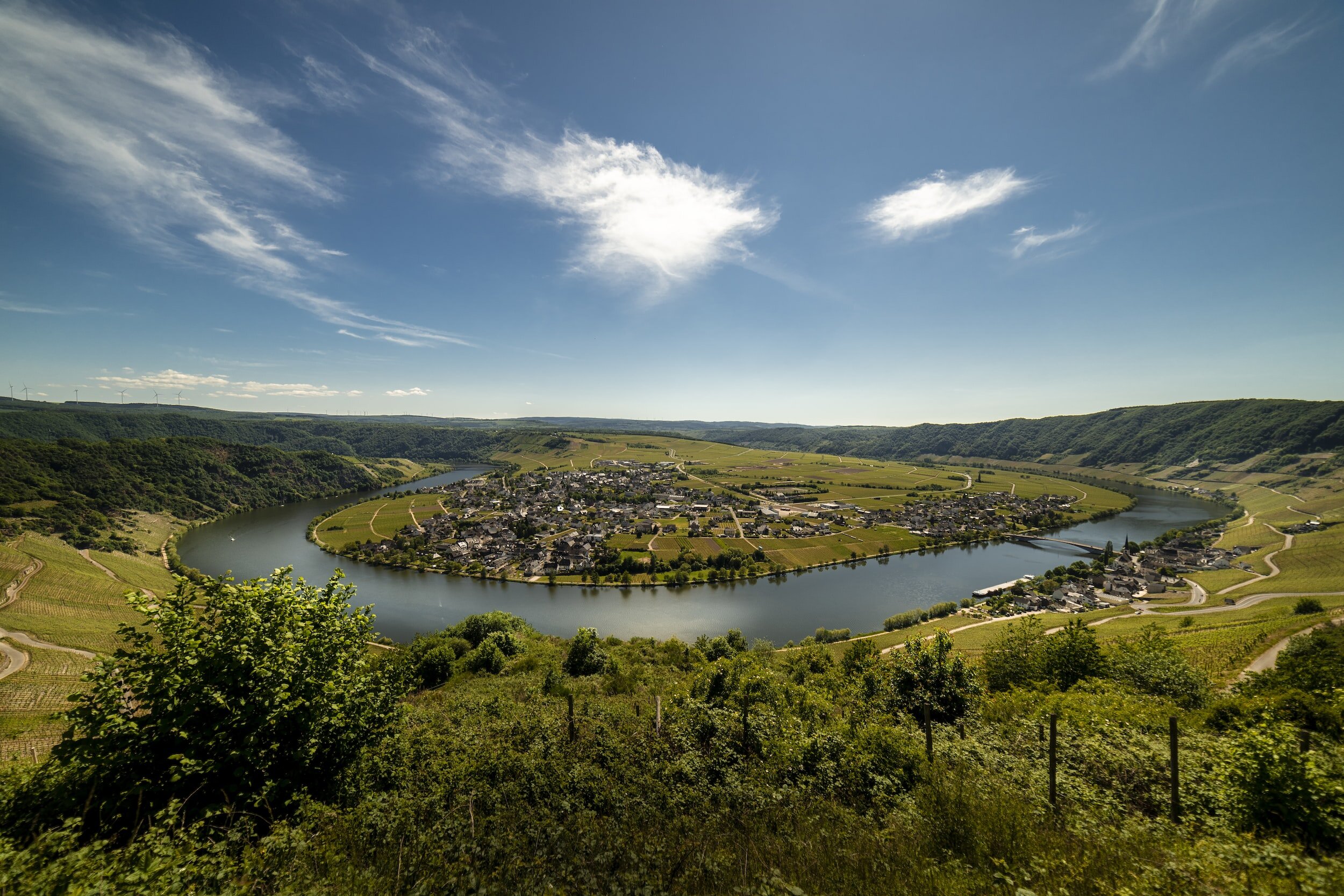
Rieslings from the Mosel region, particularly those labeled as Spätlese or Auslese, possess exceptional aging potential despite their lower alcohol levels (typically around 8% to 10% ABV). These wines showcase remarkable balance, vibrant acidity, and the ability to develop fascinating petrol, honey, and mineral notes with age. Ageing Range: 10-30 years.
Helpful Tip: Here’s what you need to know about Riesling wine.
Bordeaux, Bordeaux, France
Bordeaux wines, especially those from renowned appellations like Pauillac or Saint-Émilion, can age gracefully even with moderate alcohol levels (around 13% to 14% ABV). The structured blend of black grapes, like Cabernet Sauvignon, Cabernet Franc, and Merlot, coupled with Bordeaux’s winemaking traditions, allows these wines to evolve beautifully over time, revealing layers of complexity and refinement. Ageing Range: 10-30 years.
Helpful Tip: Here’s a post that will help you understand Bordeaux’s unnecessarily complicated classification system(s) and how you can choose delicious Bordeaux wines every time.
Fun Wine Fact: The level of alcohol in wine remains the same as it ages. Flavors, acid level, and tannins all diminish over time, but the level of alcohol is constant. If all you taste is alcohol, your wine is past its peak drinking window.
The Art of Cellaring: How Wines Can Age Longer
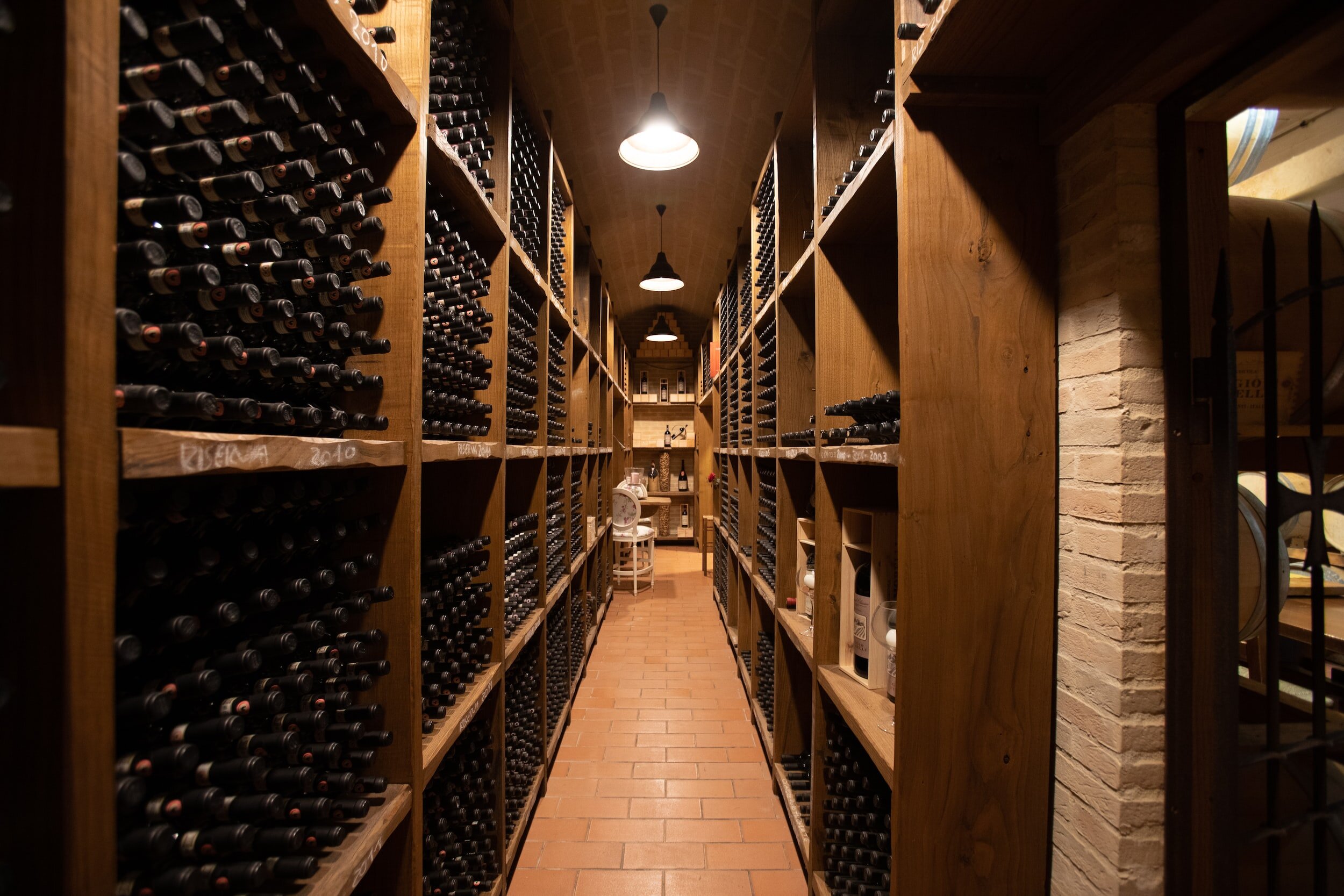
Proper storage conditions are paramount when aging wines with varying alcohol levels. A consistently cool temperature (around 55°F or 13°C), limited exposure to light, and the absence of temperature fluctuations and limited vibrations are crucial to preserving the wine’s integrity and allowing it to evolve gracefully.
Helpful Wine Buying Tip: Don’t buy wine that’s sitting on a store shelf right up next to the store’s ceiling light if you hope to age it for a long time.
Fun Wine Fact: Wine caves, with their cool temperatures and high humidity, create the ideal environment for aging wine, allowing it to develop complexity and mature gracefully over time.
Final Thoughts – How Alcohol Helps Preserve Wine
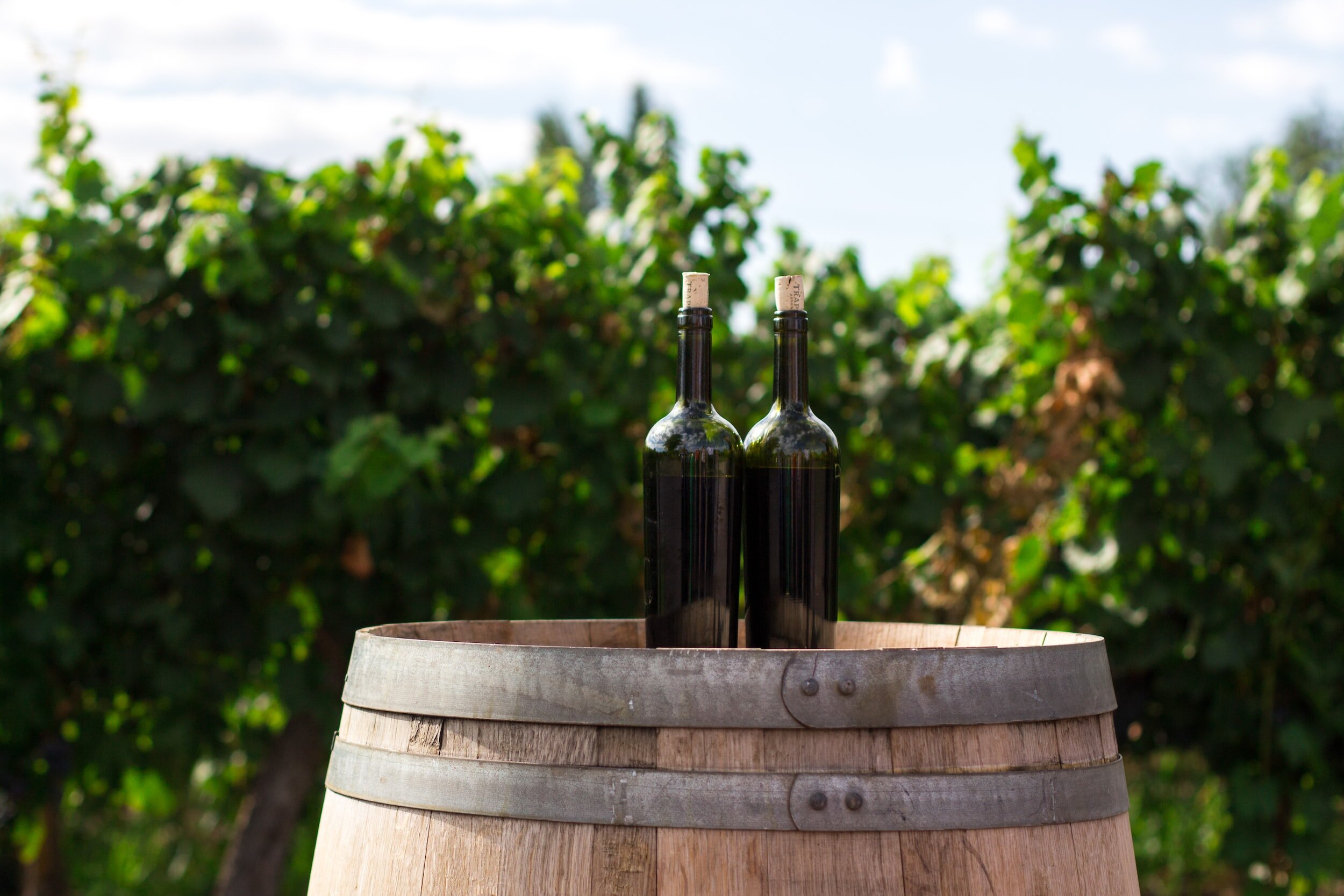
Apart from the pleasant warmth and tipsy toasts, alcohol plays a major role in how wine develops over time.
- Alcohol influences the aging potential of wine, with higher alcohol levels often allowing for longer and more graceful aging, while lower alcohol wines tend to have a shorter aging potential.
- The alcohol level will impact a wine’s flavor profile and structure, with higher alcohol wines often exhibiting bolder, fuller-bodied characteristics, while lower alcohol wines lean towards lighter and more delicate profiles. Port, anyone?
From robust reds to elegant whites, each bottle tells a story of evolution and time. And if you’re just patient enough, you’ll taste that evolution in your glass.
Thirsty for More?
Here’s a quick guide to getting started with pairing food and wine.
Discover 11 popular wine regions and their signature wine styles (every wine drinker should know).
Here’s a great overview of how to read a wine label.
Check out this post on how to tell if your wine is fortified. Many (but not all) fortified wines have great aging potential.
Uncork a bottle of old wine, and this is what you’re going to smell.

